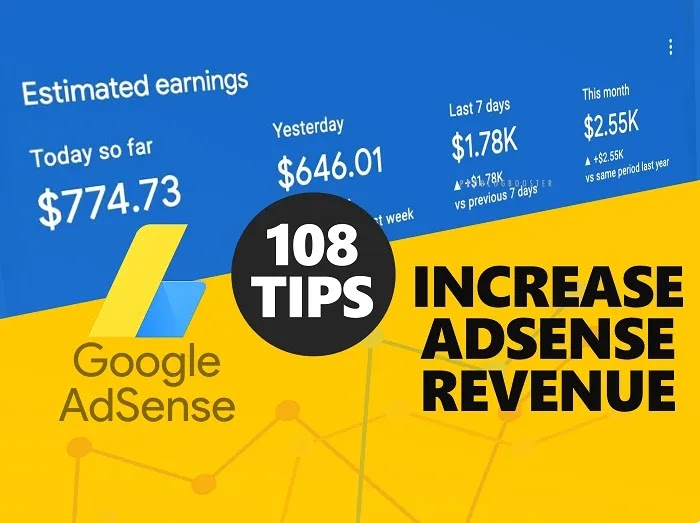WhatsApp offers features to enhance privacy, manage notifications, and improve communication, such as setting disappearing messages, muting group chats, and creating chat shortcuts. You can customize the app with custom chat wallpapers, bold or italicize messages, and even use a disappearing message feature for photos and videos. For convenience, you can pin important chats, reply to specific messages, and listen to voice messages before sending them. Check the most useful WhatsApp tips and tricks, such as how to screen share on WhatsApp. Listed coolest tips to help you get the most out of WhatsApp, from enhancing your app security and privacy to new customization features.
7 New Google AdSense Updates & Policy Changes 2025 That Affecting Publishers
Changes to how publishers monetize with AdSense

Why AdSense Updates Are Important for Every Publisher Now?
The AdSense updates are crucial for publishers as they redefine the monetization process. The shift to a pay-per-impression model opens up new earnings opportunities, especially for high-traffic sites. The updated revenue-share structure provides greater transparency, allowing publishers to better understand and optimize AdSense earnings. These modifications allow publishers to adapt new ad strategies, potentially boosting ad income in the coming years.Maximizing Revenue with Google AdSense 2025 Updates
Explore these 2025 Google AdSense updates & policy change log that impacting publishers. Understand the change to a pay-per-impression model and the rebuilt revenue-share structure. Maximize ad revenue with strategic ad optimization.Understanding the 2025 Google AdSense Updates:
1. Transition to Pay-Per-Impression Model
Google AdSense is transitioning from a pay-per-click model to a pay-per-impression model. This significant shift means that publishers will now be paid every time an ad is displayed, regardless of whether it is clicked or not. This change could potentially increase revenue for high-traffic sites and provide a more consistent income source for publishers.2. Revenue Share Structure Update
Google AdSense is updating its revenue-share structure. The company is separating the AdSense revenue share into different rates for the buy-side and sell-side. This provides more significant clarity and allows publishers to better understand and optimize their earnings.3. Impact on Ad Quantity and Type
Despite these changes, Google has guaranteed publishers that the type or quantity of ads they can show on their websites will not be affected. This means that publishers can continue to customize their ad presentations to best suit their content and readers.4. Increased Transparency
The new revenue-share format provides publishers with clearer insight into their income streams. This allows them to track the impact of different buy-side partners and make more informed decisions about their monetization strategies.5. Potential for Optimization
With deeper insights into buy-side fees, publishers can strategically select platforms and optimize their ad mix for higher revenue. This could guide to increased earnings and more practical monetization techniques.6. Shift to CPM Pricing Model
In addition to the revenue-share structure update, Google AdSense is transitioning to a CPM (Cost-Per-Mille) pricing model. This model rewards impressions, not clicks, making it ideal for high-traffic sites and potentially boosting overall ad revenue.7. Maximizing Benefits of CPM Pricing Model
Publishers can maximize the benefits of the CPM pricing model by optimizing their content and website, comparing CPM rates from different advertising platforms, and using analytics tools to track ad performance. This visionary approach can help publishers adapt to the changes and maximize their ad earnings.Bottom Line
In conclusion, the new Google AdSense updates mark a significant transformation in online advertising. The transition to a pay-per-impression model and the updated revenue-share structure offer new possibilities for publishers to optimize their monetization strategies.Despite the changes, the type and quantity of ads remain unaffected, assuring continuity for publishers. By learning these updates and strategically adapting, publishers can navigate these changes effectively, potentially boosting ad revenue. As the digital era continues to grow, staying informed and adaptable is key to successful monetization.









